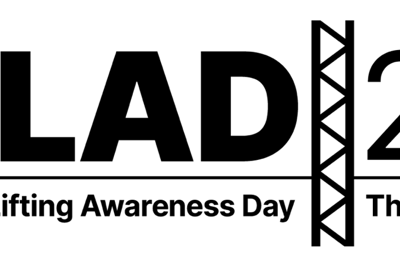Geographic Information Systems (GIS) are not a new phenomenon. The technology was first used during the Second World War to gather intelligence by taking aerial photographs. However, today’s applications for GIS are far more sophisticated. Here, Martyn Williams, managing director of industrial software provider, COPA-DATA UK, explains how the world’s energy industry is becoming smarter, using real-time GIS.
GIS mapping is everywhere. In its most basic format, the technology is simply a computerised mapping system that collects location-based data — think Google Maps and its live traffic data. Crime mapping, computerised road networking and the tech that tags your social media posts in specific locations? That’s GIS too.
Put simply, anywhere that data can be generated, analysed and pinned to a specific geographical point, there’s potential for GIS mapping. That said, for the energy industry, GIS can provide more value than simply pinning where your most recent selfie was taken.
Managing remote assets
One of the biggest challenges for the industry is effectively managing geographically dispersed sites and unmanned assets, such as wind turbines, offshore oil rigs or remote electrical substations.
Take an electrical distribution grid as an example. Of the 400,000 substations scattered across Britain, many are remote and unmanned. Therefore, it is common for operators to rely on a connected infrastructure and control software to obtain data from these sites. While this data is valuable, it is the integration of GIS mapping that enables operators to gain a full visual overview of their entire grid.
Using GIS, operators are provided with a map of the grid and every substation associated with it. When this visualisation is combined with intelligent control software, the operator can pin data from these remote sites on one easy-to-read map.
Depending on the sophistication of the control software used, the map can illustrate the productivity, energy consumption or operational data from each substation. In fact, operators can often choose to see whatever data is relevant to them and adjust their view to retrieve either more, or less, data from the map.
When used for renewable energy generation, the operator may want to see the full geographical scope of the wind turbines they control, pin-pointed on a geographically accurate map. However, upon zooming into the map, it is possible for the operator to view the status, control and operational data from each turbine on the grid.
GIS mapping is not only advantageous for monitoring routine operations, but also for alerting operators of unexpected faults in the system.
Taking out the guesswork
Unexpected equipment failure can be devastating to any business. However, when managing assets in the energy industry, providing a fundamental service to the public, the impact of downtime can be devastating.
Traditionally, energy organisations would employ huge maintenance teams to quickly react to unexpected errors, like power outages or equipment breakdowns. However, with GIS and software integration, this guesswork approach to maintenance is not necessary.
The combination of GIS with an intelligent control system means that operators will be alerted of faults in real-time, regardless of whether it occurs at an offshore wind turbine, a remote pumping station or a substation. When an error is identified, the operator is automatically informed of exactly where the fault has occurred, by a pinpoint on the map.
Enabling intelligent maintenance
In the energy industry, there is no sure-fire way to predict exactly how and when faults will occur, but there are ways to deploy reliability centred maintenance (RCM) techniques to minimise downtime when they do.
Using GIS-mapping and alerts, an operator can accurately pinpoint the location of the error, and a maintenance engineer can be deployed to the site immediately. This allows organisations to plan more effectively from a human asset perspective, ensuring their engineers are in the right places at the right time.
In addition, using the data acquired by the control software, the engineer can then take a more intelligent approach to maintenance. GIS mapping allows an operator to easily extract data from the exact location that the fault occurred, passing this to the engineer for more intelligent maintenance.
For the energy industry, GIS technology provides an opportunity to better understand remote operations, enables more effective maintenance and could dramatically minimises downtime caused by unexpected errors. The reliability of the technology has already been proven in other industry areas, like crime mapping, road networking — and for novelty applications, like social media tagging.
Now, it’s time for the energy industry to make its mark on the GIS map.






